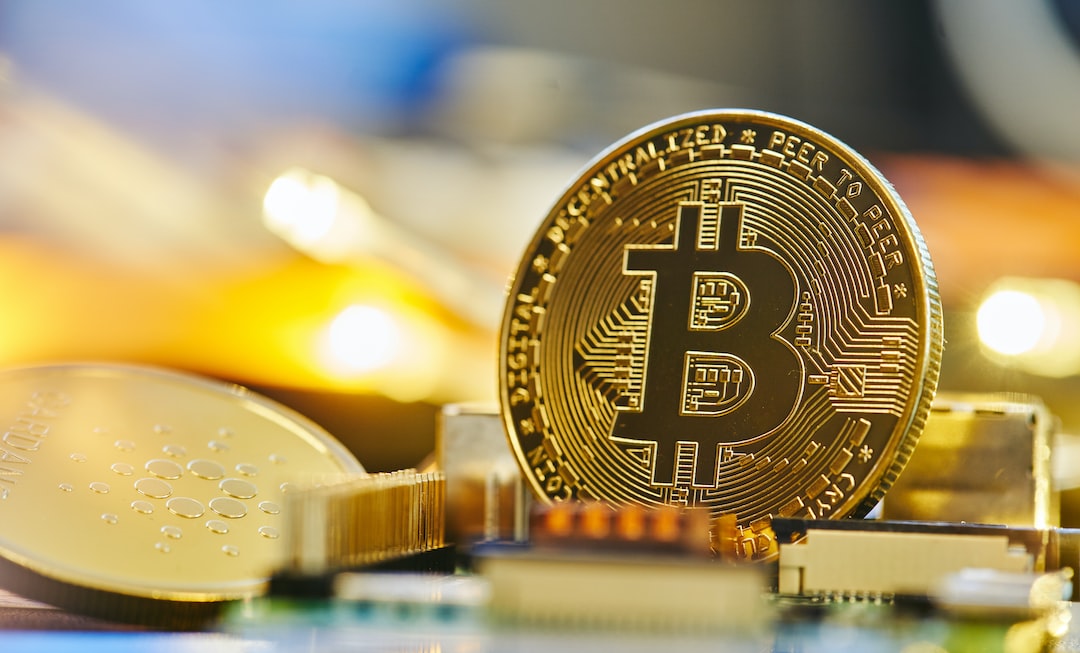The Reserve Bank of India Collaborates with Banks to Boost Usage of e-Rupee
The Reserve Bank of India (RBI) is reportedly working with local financial institutions to enhance the interoperability of its central bank digital currency (CBDC), also known as e-rupee. The RBI aims to increase the usage of CBDC, as current retail activity with the digital currency falls short of the target set for 2023. Sources claim that the central bank is exploring ways to enable offline e-rupee transactions and integrate the digital currency with India’s national real-time payments system, Unified Payments Interface (UPI), using QR codes.
Mixed Views on the Impact of Integration
While some industry experts believe that integrating the e-rupee into UPI will minimize friction and promote adoption, others argue that incentivization is necessary to drive CBDC payments. One private lender, HDFC Bank, is reportedly collaborating with tech firm IDEMIA on an offline CBDC version for feature phones. The RBI is still in the experimental stage with these new features, and no final decision has been made.
The Future of e-Rupee
In its annual report for 2022-23, the RBI expressed satisfaction with the results of various e-rupee pilots. The central bank will control the issuance and redemption process, while participating banks will manage distribution and payment services.
Hot Take: Integrating e-Rupee with UPI – a Stepping Stone to Adoption?
The Reserve Bank of India’s collaboration with local banks to integrate e-rupee with the Unified Payments Interface aims to enhance the usage of the central bank digital currency. While this move simplifies transactions, experts argue that incentivization is crucial for driving adoption. The RBI’s ongoing experimentation with offline e-rupee transactions and connections to UPI is a positive step. However, it remains to be seen whether integrating e-rupee into the national payments system will have a significant impact on the adoption of digital currency in India.





 By
By
 By
By
 By
By

 By
By